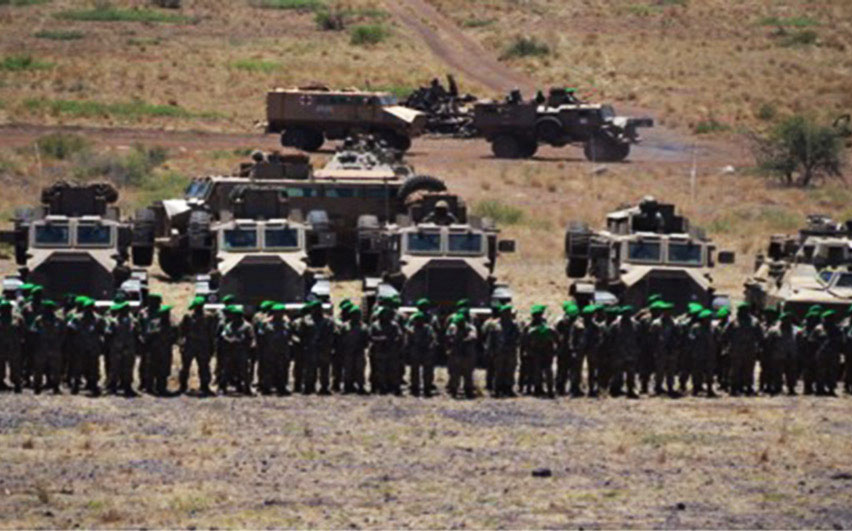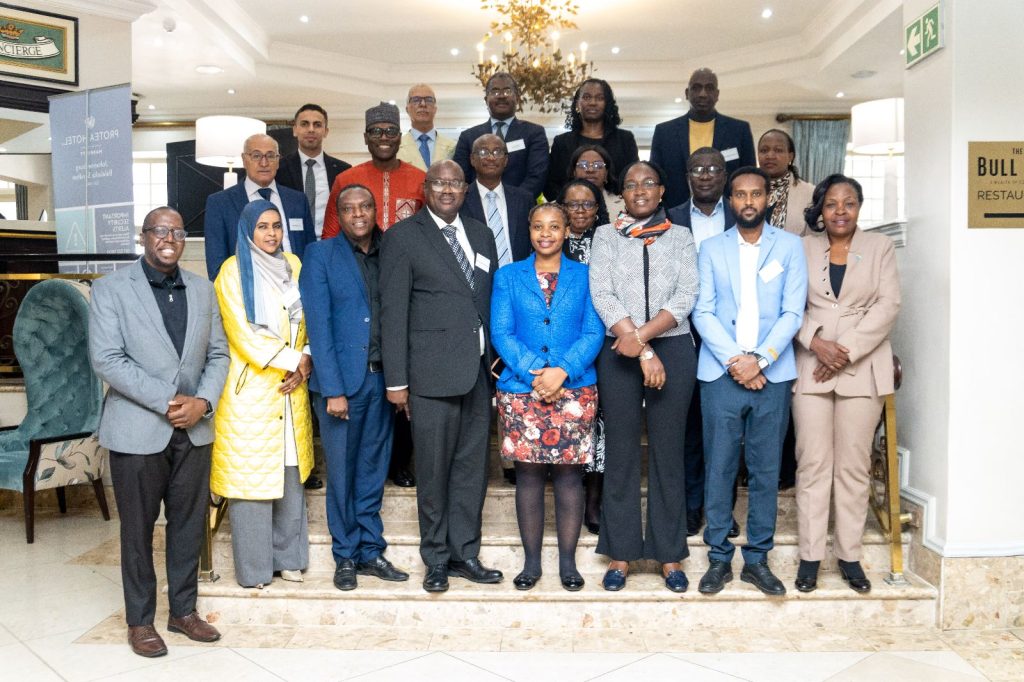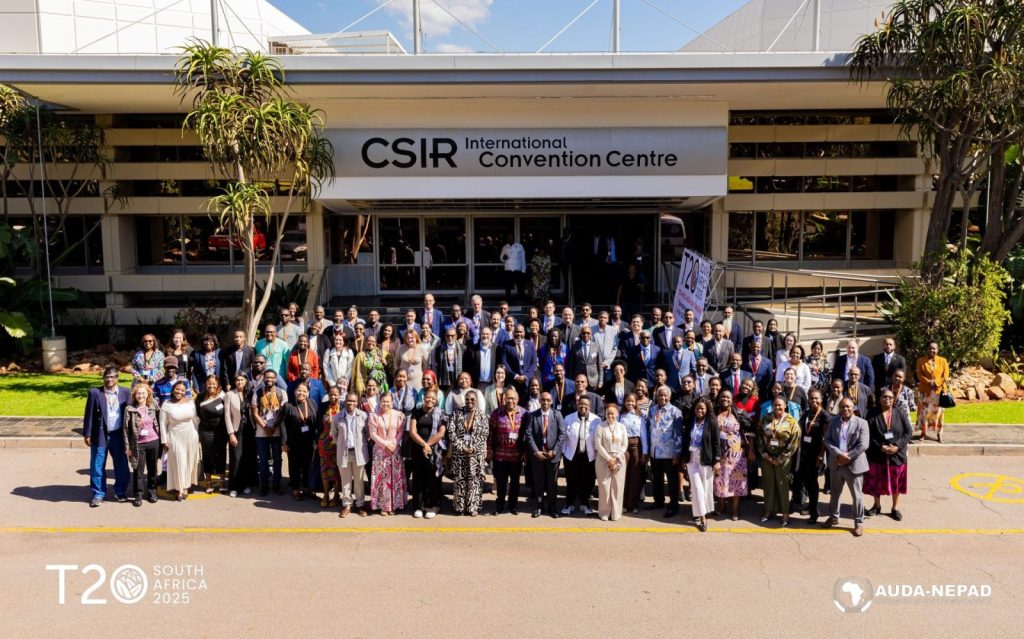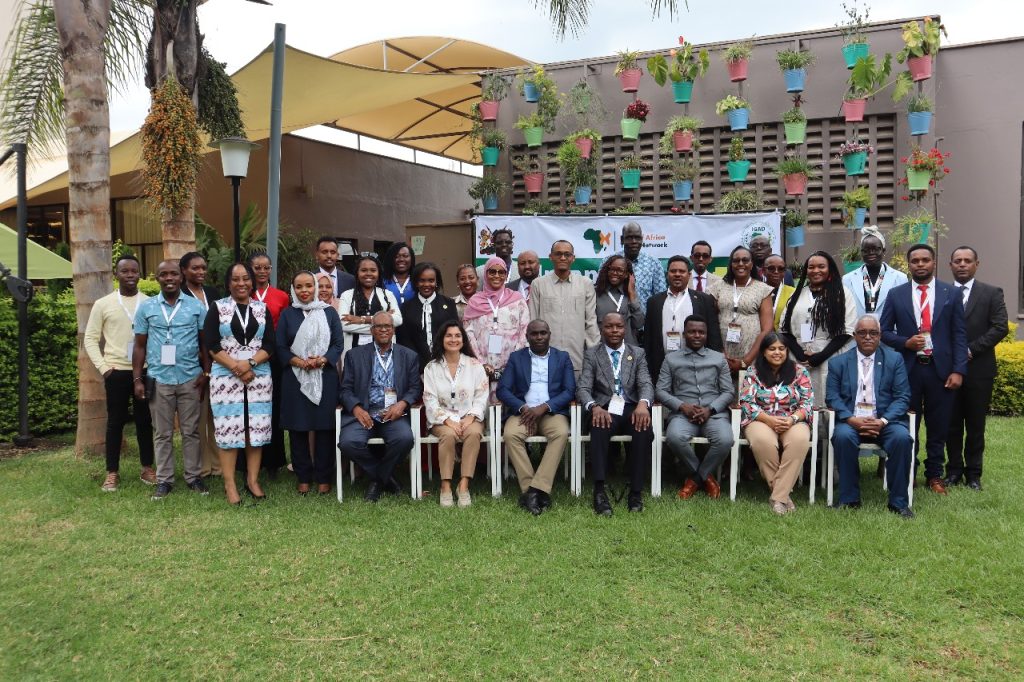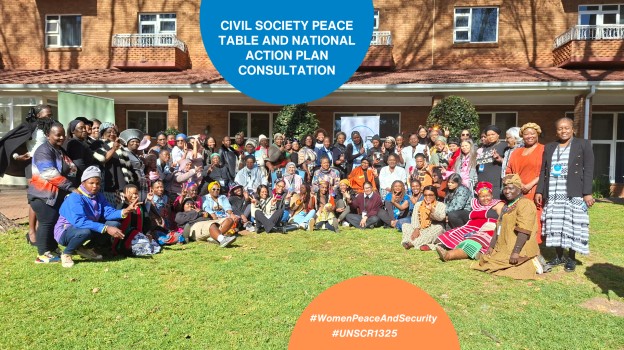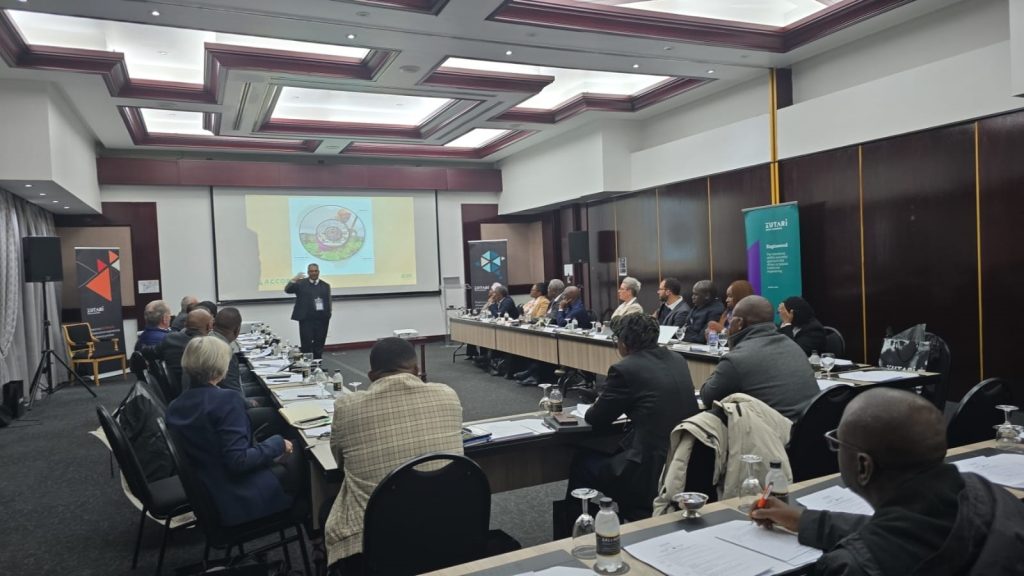Over the past two decades that Africa has been working to build its capacity, capability and competence to respond to the asymmetric conflict related challenges confronting the continent, much ground has been covered and significant success has been achieved, albeit with loss of life, destruction of infrastructure and some operational setbacks.
The problems encountered during such response efforts mostly resulted from the diversity of Africa’s Peace Support Operations (PSOs) tools and approaches in the conduct of PSOs, the different political and ideological backgrounds of the five regions of Africa, the different doctrines that inform military structures, their functions and operational conduct, comprehension of the various responsibilities of the multiple stakeholders involved in engagements with conflict situations and a host of other differences that collectively compounded problems associated with the successful management of the attendant PSOs problems.
Africa, using the established structures of the African Union Commission (AUC), reconciled itself to the existing levels of effectiveness and capacity to respond to threats and has since been working to change the status quo in order to capacitate itself to ably engage the dynamics of contemporary conflicts. With the support derived from partnerships around the world, such as the Training for Peace (TfP) programme, European Union (EU), United States (US), Japanese, French, British and other individual European country professional and financial and a host of other independent and private institutions that have contributed in various and numerous ways, Africa has been working tirelessly to build a robust and composite African Standby Force (ASF) to rid the continent of the scourge of violent and destructive conflict.
The ASF, within the framework of the African Peace and Security Architecture (APSA), has therefore developed its capacity to capably and significantly respond to security threats and challenges over the past two decades. Increasingly, its capacity has been tested during deployments of Africa’s peacekeepers in a number of missions mandated by the African Union (AU) as well as in many other missions mandated by the United Nations (UN). Accordingly, the ASF has also scored notable successes in its encounters with insurgents and terrorists, albeit with a number of setbacks inflicted on mission members following violent and ruthless attacks on mission component positions and bases by the enemies of peace.
As the AUC, through its Peace and Security Operations Division (PSOD), strove to come to terms with at times frustrating and disappointing setbacks and negative reports from peacekeeper encounters in the field, it recognised the inevitable need to be flexible and innovative in its approach to PSOs and thus engaged reviews of its systems, improvement of peacekeeper operational skills, adjustment of operational policies, improvement of its rules of engagement and provision of appropriate guidelines and Standard Operating Procedures (SOPs) to the men and women in the field to help them carry out their tasks effectively and successfully.
Through training and specifically as proscribed in the three road maps, the development and capacity building of the ASF has been positive, significant and successful. While the recent conduct of the AMANI II (AA II) Field Training Exercise (FTX) in October 2015 at the South African Defence Forces Battle School at Lohatla, South Africa and further at the ASF headquarters in Addis Ababa, Ethiopia, gave confidence to the continental leadership to declare the ASF as being operationally deployable; it was accepted that its development and competence should be calculated and judged within a continuous spectrum and not be placed in a static framework.
ASF capacity gaps, deficiencies, weaknesses, strengths and challenges were observed, noted and documented during the AA II exercise in the two theatres; the strategic headquarters in Addis and the operational and tactical field in Lohatla. The desire of Africa to perform better in responding to future conflict threats prompted the AU PSOD to plan for and seek authority to hold an After Action Review (AAR) of the AA II FTX so as to derive lessons, best practices and work towards the better performance of the continent’s conflict response tool, the ASF.
The continent gathered in Maputo from 4-8 April 2016 to conduct the AAR for the AA II and participants were regional PLANELMs, Member States, the AU PSOD, RECs/RMs, Training Institutions and Training Centres and partners. Over the course of five days, the participants discussed multiple documents and reports on the Exercise and agreed to be guided by a Five Year Work Plan that is code named the Maputo Five Year Work Plan. The Work Plan will guide the capacity building and enhancement of the ASF through an Implementation Plan that will follow the workshop and that plan will also be entwined with regional plans. ACCORD/TfP was represented by Brig. Gen. James Machakaire, Coordinator – Peacekeeping Unit.
The Training for Peace Programme at ACCORD is an initiative funded by the Norwegian Ministry of Foreign Affairs.

